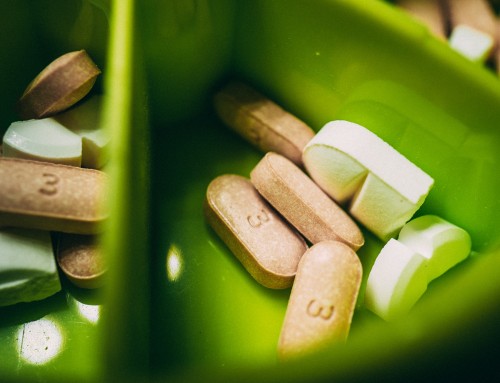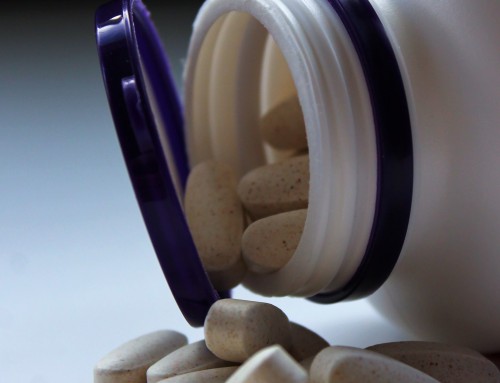High intensity Interval Training (HIT) is the protocol of short intermittent sessions which are performed at full or near to full intensity, These short sessions can last for mere seconds to minutes. Unlike weight training the effects on the body are aimed to increase peak VO2max (the maximum amount of oxygen your body can consume in one breath); this can help with endurance instead of muscle building (1), although this is disputed (2). This article will aim to understand the effects of HIIT on the body, the best protocols to use and how it compares to other exercise protocols.
Effects on the body
HIIT has been found to have several positive effects on the body. One study (3) looked at untrained recreationally active participants who took part in 6 weeks HIT training (3 days a week) which consisted of 10 X 4 minutes at high intensity (95% max Hr) with two minutes rest in between. They observed that all participants increased their aerobic capacity, fat oxidation, improved rate of substrate utilisation and increased glycogenolysis. We will further explain what these terms mean.
Aerobic capacity is a term used when describing how much oxygen can be utilised by the skeletal muscles. The high the aerobic capacity the longer you can run for.
Fat oxidation is the process of the larger fat cells being broken down. Without the fat oxidation process, fat molecules would stay in their larger form. These larger molecules cannot be used for energy and so it is stored. The only use for it is insulation. Fat oxidation is extremely important, if we want to function on a daily basis and so an increase in this process will help people to lose weight.
Substrate utilisation is the estimated amount of energy that your body is using. It is calculated by the volume of carbon dioxide divided by the volume of oxygen consumed. When this is put on the scale between 0.7 – 1 the closer to 1 means that fat is being oxidised more whereas the closer to 0.7 means the more carbohydrates are being utilised, so when the results of HIT shows that substrate utilisation increases it means that your body is burning more fat.
Glycogenolysis is the process of glycogen (sugar) being broken down within the muscle.
What is the best protocol?
There are countless numbers of HIT protocols that people believe is the best for them. In truth there is no one protocol that is the best. Below is a table displaying some of the most well known protocols;
Table 1: Historical HIT protocols
| Protocol | Duration/ distance at HI | Intensity | Rest period | Notes |
| Peter Coe | 200m | 100 % VO2max | 30 secs | |
| Tabata | 20 secs | 170% VO2max | 10 secs | |
| Gibula | 60 secs | 95% VO2max | 75 secs | |
| Zuniga | 30 secs | 90% Maximum output | 30 secs | |
| Timmons | 20 secs | Maximum output | 2 mins |
As we can see is that earlier protocols of HIT requires you to be able to know what your VO2 max is. This obviously is not practical unless you are in the lab. The main differences between the different protocols however is the duration and rest period. Below is a more simpler way of knowing the best protocol for you to choose. (note- all protocols are performed at maximal effort.)
Table 2 – Practical HIT Protocols
| Protocol | Duration | Intensity | Notes |
| 1:1 | 30 secs | 30 secs | |
| 2:1 | 60 secs | 30 secs | |
| 3:1 | 90 secs | 30 secs |
MICT vs HIIT
HIT is fast replacing the traditional workout of jogging for long periods of time or what is otherwise known as moderate intensity continuous training (MICT). But a question to ask is which one is more effective. A review of literature in 2017 (4), compared 13 studies to find body composition outcomes in both HIT and MICT training protocols. They observed that both HIT and MICT to be similarly effective as it was found that around 10 weeks of both training methods decreased body fat by 6%, however HIT took around 40% less time to undertake. Another key finding that came out of this review was that there was a greater loss of body fat in studies that used the treadmill running compared to cycling.
Conclusions
The evidence that HIIT is effective are numerous (5,6,7). However there seems to be no definitive protocol, however it is suggested that for a more endurance affect the protocol which has a long working and short rest period is preferred whilst for people who want to focus on achieving greater strength and power; the rest period short be longer but the active period needs to be performed at a higher intensity.
1 – Eigendorf, J., May, M., Friedrich, J., Engeli, S., Maassen, N., Gros, G., & Meißner, J. D. (2018). High intensity high volume interval training improves endurance performance and induces a nearly complete slow-to-fast fiber transformation on the mRNA level. Frontiers in physiology, 9.
2 – Ouellette, M. M., LeBrasseur, N. K., Bean, J. F., Phillips, E., Stein, J., Frontera, W. R., & Fielding, R. A. (2004). High-intensity resistance training improves muscle strength, self-reported function, and disability in long-term stroke survivors. Stroke, 35(6), 1404-1409.
3 – Perry, C. G., Heigenhauser, G. J., Bonen, A., & Spriet, L. L. (2008). High-intensity aerobic interval training increases fat and carbohydrate metabolic capacities in human skeletal muscle. Applied Physiology, Nutrition, and Metabolism, 33(6), 1112-1123.
4 – Wewege, M., van den Berg, R., Ward, R. E., & Keech, A. (2017). The effects of high‐intensity interval training vs. moderate‐intensity continuous training on body composition in overweight and obese adults: a systematic review and meta‐analysis. Obesity Reviews, 18(6), 635-646.
5 – Jabbal, A. S., & Baxter-Jones, A. (2017). Does High Intensity Interval Training Improve Aerobic Power Development More Than Endurance Training?. USURJ: University of Saskatchewan Undergraduate Research Journal, 3(1).
6 – Soler, M. M., Mejuto, G., Bentley, D., Norton, L., Torres-Unda, J., Arrieta, H., & Otxoteko, I. (2017). Effects of 4 weeks high-intensity training on running and cycling performance in well-trained triathletes. Journal of Science and Medicine in Sport, 20, e18.
7 – Fisher, G., Brown, A. W., Brown, M. M. B., Alcorn, A., Noles, C., Winwood, L., … & Allison, D. B. (2015). High intensity interval-vs moderate intensity-training for improving cardiometabolic health in overweight or obese males: a randomized controlled trial. PloS one, 10(10), e0138853.




